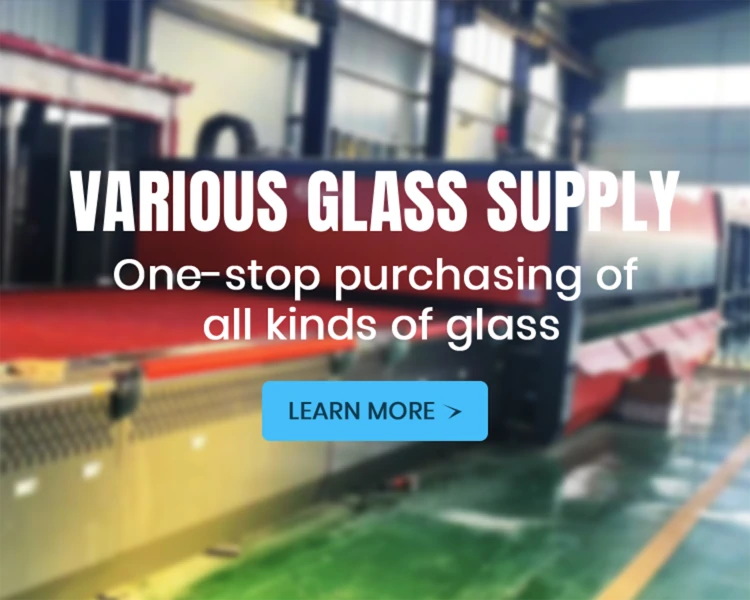Understanding Float Glass Types A Comprehensive Overview
Float glass, also known as flat glass, is a type of glass that is produced by floating molten glass on top of molten tin. This unique production method results in a flat, smooth surface that is ideal for a variety of applications, including windows, mirrors, and decorative items. The versatility and clarity of float glass have made it a predominant choice in the glass industry. In this article, we will explore the different types of float glass, their properties, applications, and how to choose the right type for your needs.
The Production Process
To understand float glass types, it's essential to first grasp the production process. The float glass manufacturing involves melting raw materials such as silica sand, soda ash, and limestone at high temperatures (around 1700°C). The resulting molten glass is then poured onto a bath of molten tin, causing it to spread out evenly. The glass slowly cools down as it floats on the tin, leading to an exceptionally flat surface.
Types of Float Glass
1. Clear Float Glass This is the most basic type of float glass that is transparent and widely used. It allows high levels of light transmission and is available in various thicknesses, making it suitable for general applications such as windows and glass doors.
2. Low-E Float Glass Low-emissivity (Low-E) float glass has a special coating that reflects heat and minimizes UV radiation. This type of glass is ideal for energy-efficient buildings as it helps maintain indoor temperatures while reducing energy costs. Low-E glass can be used in residential and commercial constructions where insulation and energy efficiency are priorities.
3. Tinted Float Glass Tinted float glass comes in various colors and shades, achieved by adding metal oxides during the manufacturing process. This type of glass can reduce glare and heat from sunlight, making it suitable for office buildings, skylights, and sunrooms. The choice of tint can also enhance aesthetic appeal while offering some level of privacy.
float glass types
4. Patterned Float Glass Also known as textured float glass, this type features various surface patterns that provide privacy while allowing light to pass through. It's commonly used in bathrooms, internal doors, and decorative applications. The patterns can range from subtle textures to bold designs, catering to different aesthetic preferences.
5. Safety Float Glass Safety glass includes tempered and laminated float glass. Tempered float glass is heat-treated to increase its strength, making it more resilient to impact and thermal stress. Laminated float glass consists of two or more layers of glass bonded together with an interlayer, providing safety and sound insulation. This type is often used in automotive and architectural applications where safety is a concern.
6. Reflective Float Glass This type of glass features a reflective coating that reduces solar heat gain and glare. It is commonly used in commercial buildings and skyscrapers to enhance energy efficiency and aesthetics. Reflective float glass is known for its modern appearance and is available in various colors.
Choosing the Right Type of Float Glass
When selecting the appropriate type of float glass for a project, several factors should be considered
- Purpose Determine the main function of the glass. Is it for aesthetics, insulation, safety, or glare reduction?
- Location Consider the environmental conditions where the glass will be installed. Areas with high sunlight exposure might benefit from tinted or low-E glass.
- Budget Different types of float glass come at varying price points. Evaluate your budget against the required safety and aesthetic values.
- Regulatory Standards Ensure compliance with local building codes and regulations, which may dictate specific types of glass based on safety and energy efficiency standards.
Conclusion
Float glass is an integral part of modern architecture and interior design. With various types available, each serving unique purposes and providing distinct benefits, understanding these options is crucial for making informed decisions. Whether it’s for energy efficiency, safety, or aesthetic appeal, carefully selecting the right type of float glass can enhance any project, ensuring both functionality and style.
 Afrikaans
Afrikaans  Albanian
Albanian  Amharic
Amharic  Arabic
Arabic  Armenian
Armenian  Azerbaijani
Azerbaijani  Basque
Basque  Belarusian
Belarusian  Bengali
Bengali  Bosnian
Bosnian  Bulgarian
Bulgarian  Catalan
Catalan  Cebuano
Cebuano  Corsican
Corsican  Croatian
Croatian  Czech
Czech  Danish
Danish  Dutch
Dutch  English
English  Esperanto
Esperanto  Estonian
Estonian  Finnish
Finnish  French
French  Frisian
Frisian  Galician
Galician  Georgian
Georgian  German
German  Greek
Greek  Gujarati
Gujarati  Haitian Creole
Haitian Creole  hausa
hausa  hawaiian
hawaiian  Hebrew
Hebrew  Hindi
Hindi  Miao
Miao  Hungarian
Hungarian  Icelandic
Icelandic  igbo
igbo  Indonesian
Indonesian  irish
irish  Italian
Italian  Japanese
Japanese  Javanese
Javanese  Kannada
Kannada  kazakh
kazakh  Khmer
Khmer  Rwandese
Rwandese  Korean
Korean  Kurdish
Kurdish  Kyrgyz
Kyrgyz  Lao
Lao  Latin
Latin  Latvian
Latvian  Lithuanian
Lithuanian  Luxembourgish
Luxembourgish  Macedonian
Macedonian  Malgashi
Malgashi  Malay
Malay  Malayalam
Malayalam  Maltese
Maltese  Maori
Maori  Marathi
Marathi  Mongolian
Mongolian  Myanmar
Myanmar  Nepali
Nepali  Norwegian
Norwegian  Norwegian
Norwegian  Occitan
Occitan  Pashto
Pashto  Persian
Persian  Polish
Polish  Portuguese
Portuguese  Punjabi
Punjabi  Romanian
Romanian  Russian
Russian  Samoan
Samoan  Scottish Gaelic
Scottish Gaelic  Serbian
Serbian  Sesotho
Sesotho  Shona
Shona  Sindhi
Sindhi  Sinhala
Sinhala  Slovak
Slovak  Slovenian
Slovenian  Somali
Somali  Spanish
Spanish  Sundanese
Sundanese  Swahili
Swahili  Swedish
Swedish  Tagalog
Tagalog  Tajik
Tajik  Tamil
Tamil  Tatar
Tatar  Telugu
Telugu  Thai
Thai  Turkish
Turkish  Turkmen
Turkmen  Ukrainian
Ukrainian  Urdu
Urdu  Uighur
Uighur  Uzbek
Uzbek  Vietnamese
Vietnamese  Welsh
Welsh  Bantu
Bantu  Yiddish
Yiddish  Yoruba
Yoruba  Zulu
Zulu 

